10 very old apps that still (somehow) work on Windows 10
PSP, Winzip and Netscape: Remember them?
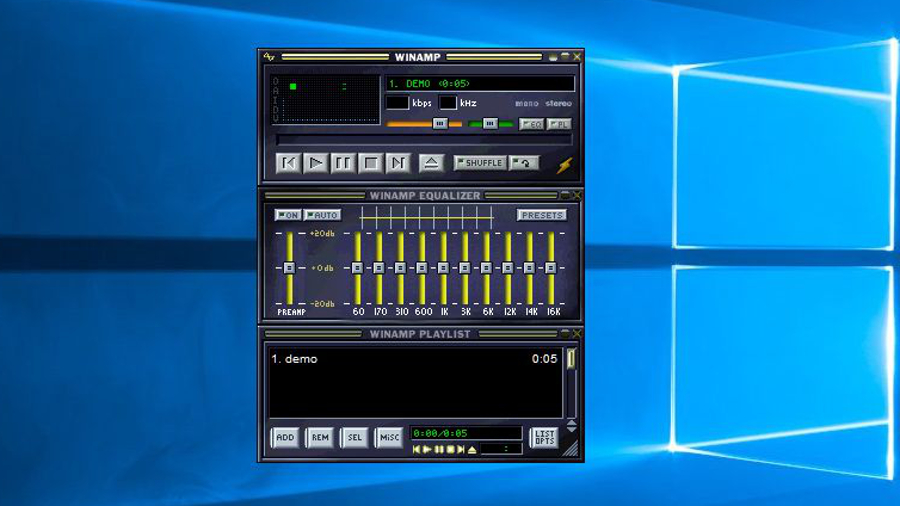
Introduction
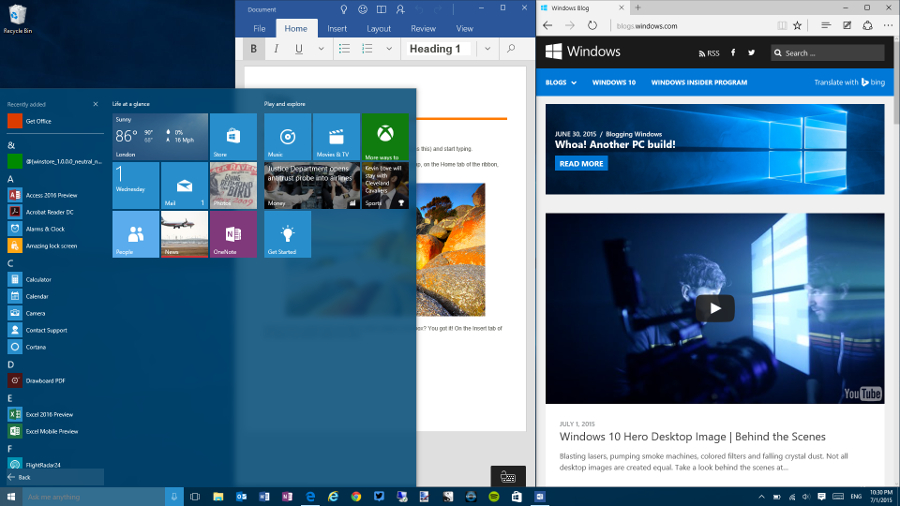
Perhaps it is a testament to Microsoft's legacy that some popular applications that date from the late 1990s can still run on its latest OS, Windows 10.
The operating system, which will launch on Wednesday 29 July, has already been tested (and been seen running) on some very, very old and very, very slow hardware.
Many will describe such exercises as utterly futile, and those same people will likely question the point of this article. And that's fair enough, but there are also folks out there who might want to delve into past games or applications for whatever reason, nostalgia or otherwise…
And in this slideshow, we are rounding up 10 ancient programs that still run on Microsoft's new operating system. All the testing of these pieces of software was carried out under the latest build of Windows 10 available at the time of writing (10166).
We are obviously not responsible for anything that might happen to your computer should you try to replicate what we've done on our test machine. And with that in mind, click on and browse through our array of classic apps.
- For a load of neat tips and tricks on Windows 10, buy: Windows 10 Beyond the Manual
ACDSee 2.42
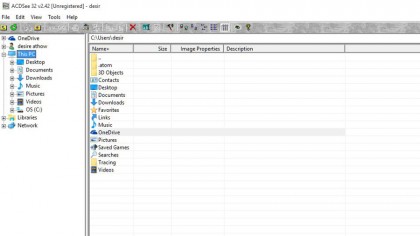
About 16 years old
Like most of the applications tested here, ACDSee was one of the staple pieces of software you would find on cover CDs (and later DVDs) on most if not all magazines. It is an ultra-fast image browser and organiser that was available as time-limited shareware and was later superseded by freeware rival Irfanview. ACDSee has thrived though and is currently in its 18th iteration. Surprisingly enough, the company is still around after 20 years and has expanded into other creative content verticals including video, technical illustration and image editing.
Are you a pro? Subscribe to our newsletter
Sign up to the TechRadar Pro newsletter to get all the top news, opinion, features and guidance your business needs to succeed!
PaintShop Pro 4.12
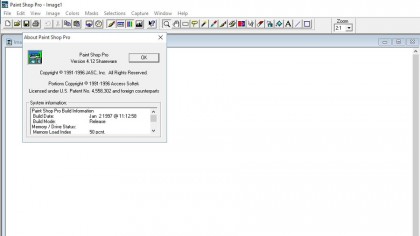
About 18 years old
PaintShop Pro first came to market in 1990, 25 years ago, and almost immediately became a success in the shareware market as a cheap alternative to more expensive image editing software. Developed by JASC software, it introduced the Magic Wand tool to millions and had a nifty image browser as well that, unlike others, used a proprietary index to accelerate indexing. PaintShop Pro was acquired by Corel in 2004 as the market for software cooled down at the beginning of the last decade and is currently in its 17th iteration as Corel PaintShop Pro X7. Its main competitor is Adobe Photoshop Elements.
Microsoft Office XP

About 14 years old
As its name implies, Office XP was launched roughly at the same time as Windows XP. By then, it had already cemented its position as the undisputable leader in the business office suite market. Microsoft changed the name from Office XP to Office 2002 (otherwise known as Office 10) – it was sandwiched between Office 2000 (launched in 1999) and Office 2003 (launched in 2003, strangely enough). The version we managed to download even contained Frontpage, which still works perfectly on Windows 10.
WinZip
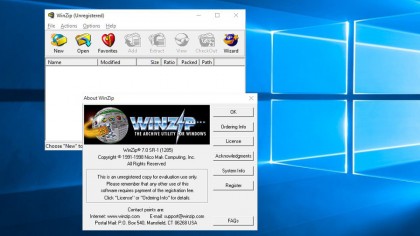
About 17 years old
There was a time when the nascent worldwide web brought about a glut of multimedia content, often far too big for our internet connection to download without hiccups. This is where the likes of WinZip and WinRAR came in handy; while they did not do much to help compress multimedia files, they had a nifty feature that allowed a file to be split into manageable bits which meant that if you lost connectivity at any point, you could always download the remaining files rather than start all over again.
WinZip's popularity dwindled with the rise of broadband and faster connections, and the fact that Microsoft added a compression feature to Windows. Like PSP, another iconic piece of shareware, WinZip was acquired by Corel and currently stands at version 19.5.
Opera 4.0.2
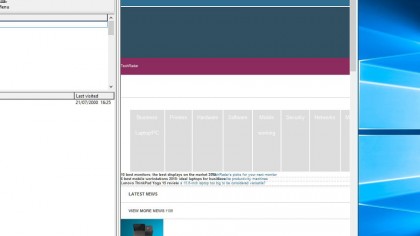
About 15 years old
Many of us fondly remember Opera as the ultimate geek's browser. This is an application that was small enough, in its early days, to be run from a floppy disk drive (yes, the 3.5-inch, 1.44MB ones). It was amongst the first to introduce tabbing (known as multiple document interface) and its hotlist. Version 4.0 brought in a new cross-platform core and an integrated email client.
The ubiquitous shareware somehow managed to survive all these years as an independent software developer and is currently on version 30. It owes much of its success to its early commitment to mobile browsing with Opera Mobile and Opera Mini.
Netscape 6
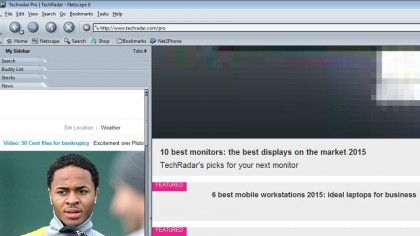
About 14 years old
There was a time when the only major competitor to Microsoft's Internet Explorer was Netscape, from Netscape Communications Corporation. The sixth version of that browser was the first to use the then-recently-announced open-source Mozilla platform (which would give us Firefox). The browser came with an instant messaging client, an email and news client, an address book and an HTML editor. The launch of Netscape 6 was marred by unforeseen issues, some of which were caused as Netscape was being acquired by AOL. Minor updates to version 6 helped improve general performance and stability.
Winamp 2.62
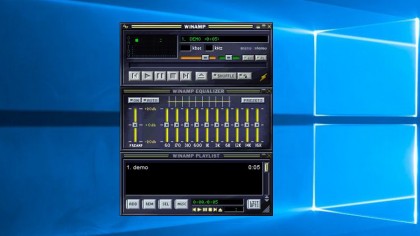
About 15 years old
The rise of the MP3 audio format, and in the late 1990s, Napster, spawned a whole generation of audio players that made established players like Windows Media Player look old and clunky. Winamp was one of the new kids on the block and the fact that it was free and packed with a lot of features made it an instant hit with audiophiles.
Other than the docking feature and the 10-band equaliser, it also allowed users to load their own skins to customise their player and create their own plugins (remember the cool visualisations?). Winamp was purchased by AOL (moving to Radionomy later) and is still going strong. The latest version, v5.666, was launched in 2013.
StarOffice 6.0
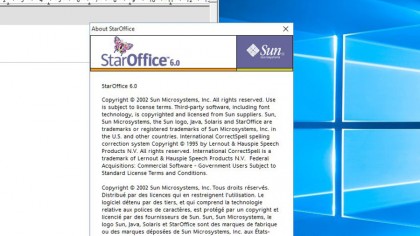
About 13 years old
Few applications have had more expectations pinned on them than StarOffice. When the German company that developed it was acquired by Sun Microsystems in 1999, many hoped that the office suite would grow into a worthy and capable rival to Microsoft Office. That hope grew even more when the source code of the suite was released in July 2000 as OpenOffice.org. But then, Sun got acquired by Oracle in 2010 and OpenOffice was transformed into a "purely community-based project". StarOffice originally included a personal information manager, an email client, an image editor, a web browser and even an HTML editor.
iTunes 4.1
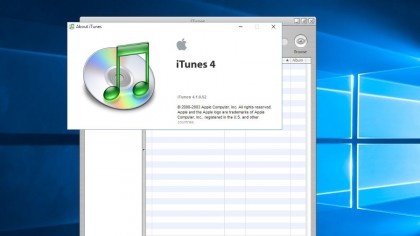
About 11 years old
Windows users had to wait until version 4.1, a full two years after Apple launched iTunes, before they could use the iPod on their computers. The application worked perfectly well on our test computer and even asked us to upgrade to the latest version (currently 12.2.1). iTunes grew from being a simple media player into an e-commerce platform merged with a multimedia manager. You can now use iTunes as the ultimate repository of all things purchased from Apple. In hindsight, maybe Apple should change the name to iEverything.
Microsoft GIF Animator
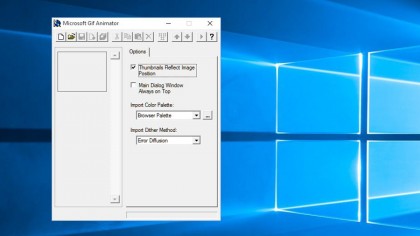
About 15 years old
Towards the late 90s and early 2000s, Microsoft spread itself fairly thin, launching a number of applications including the likes of Microsoft Chat, Bob and a few others. GIF animator was one of them and as its name suggests, it did one thing (and one thing only); produce animated GIFs. Microsoft no longer allows users to download it, which is a shame really. Animations could be looped, spun, faded in and out and more. Why would Microsoft launch such an application? Well, why not, we guess…
One final note: Other software we tried but couldn't get to run on Windows 10 included Adobe Acrobat 5.0, Project 95, Office 95, Fireworks 2.0, Dreamweaver 3.0, Netscape 1, and PaintShop Pro 3.11.
- Read more about Windows 10 migration on our sister website, ITProPortal.com

Désiré has been musing and writing about technology during a career spanning four decades. He dabbled in website builders and web hosting when DHTML and frames were in vogue and started narrating about the impact of technology on society just before the start of the Y2K hysteria at the turn of the last millennium.